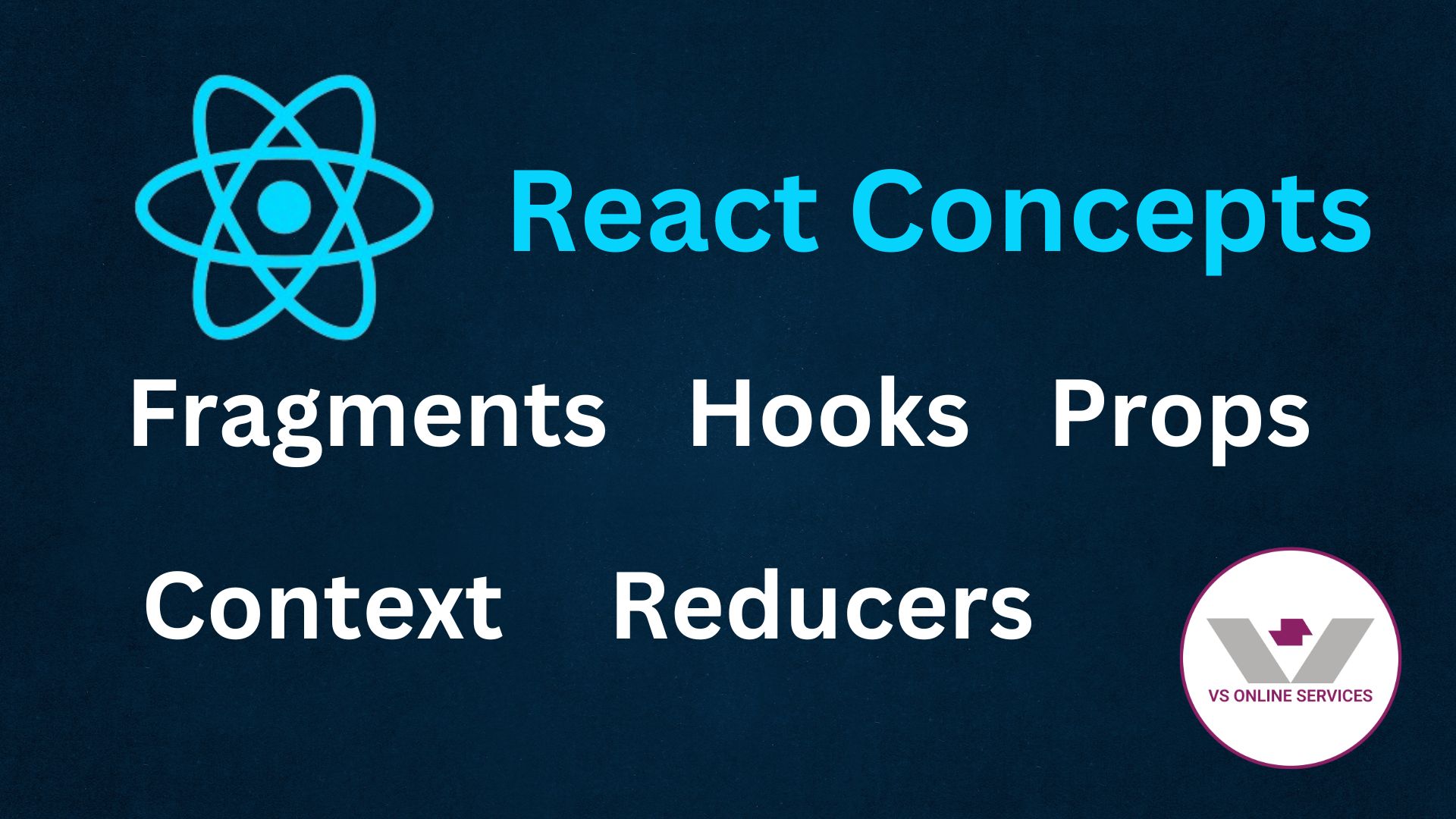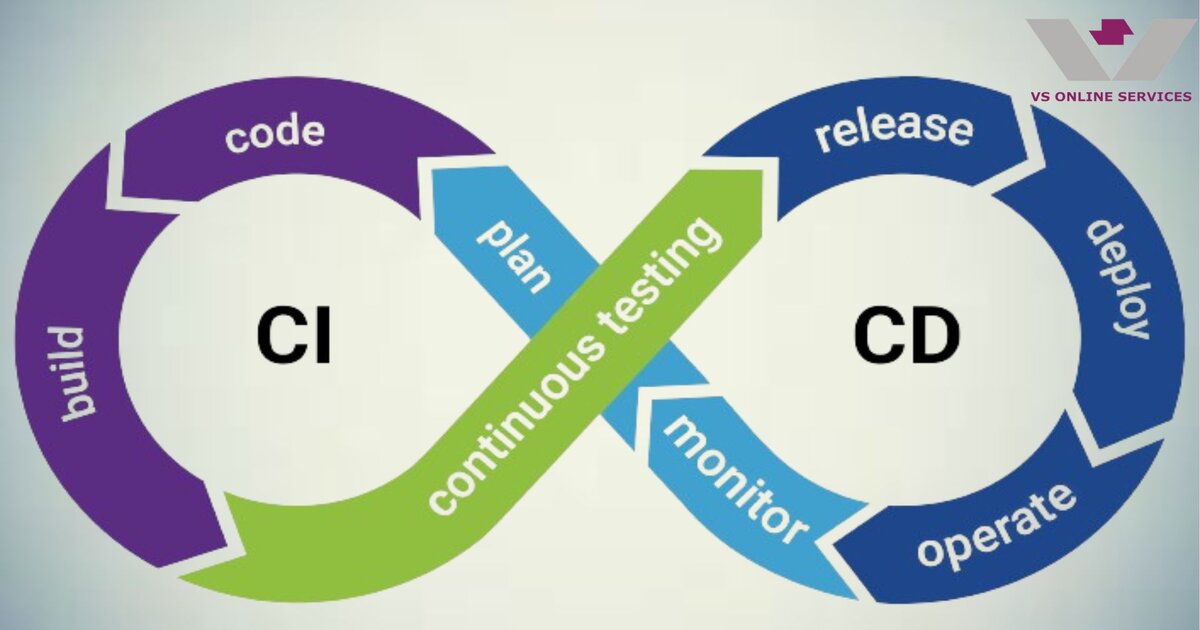27th May 2024
Top Programming Languages for Artificial Intelligence: A Comprehensive Guide

Artificial Intelligence (AI) is revolutionizing various industries by enabling machines to learn, reason, and make decisions. As the demand for AI solutions grows, so does the need for programming languages that can effectively support AI development.
In this comprehensive guide, we will explore the top programming languages for AI, their unique features, and why they are popular choices among AI developers.
1. Python

Overview
Python is the most popular programming language for AI development, thanks to its simplicity, readability, and extensive libraries. Its syntax is straightforward, making it easy for beginners to learn and for experts to implement complex algorithms.
Key Libraries and Frameworks
- TensorFlow: An open-source framework developed by Google for machine learning and neural networks.
- Keras: A high-level neural networks API that runs on top of TensorFlow, Theano, or CNTK.
- PyTorch: An open-source machine learning library developed by Facebook, known for its dynamic computation graph.
- Scikit-learn: A library for classical machine learning algorithms.
- Pandas: A data manipulation and analysis library.
Advantages
- Extensive community support and resources.
- A wide range of libraries for AI and machine learning.
- Excellent for prototyping and experimentation.
2. R

Overview
R is a language and environment specifically designed for statistical computing and graphics. It is widely used in academia and research for data analysis, which makes it a strong contender for AI and machine learning projects.
Key Libraries and Frameworks
- Caret: A package for building machine learning models.
- RandomForest: An implementation of the random forest algorithm.
- Nnet: A package for feed-forward neural networks.
- XGBoost: An optimized distributed gradient boosting library.
Advantages
- Strong statistical analysis capabilities.
- Excellent data visualization tools.
- Extensive packages for data manipulation and machine learning.
3. Java

Overview
Java is a versatile, object-oriented programming language with a long history in enterprise environments. Its portability and performance make it suitable for large-scale AI applications.
Key Libraries and Frameworks
- Weka: A collection of machine learning algorithms for data mining tasks.
- Deeplearning4j: An open-source deep learning library for Java.
- MOA: A framework for data stream mining.
Advantages
- Platform-independent with robust performance.
- Strong support for concurrency and large-scale systems.
- Large community and extensive documentation.
4. C++
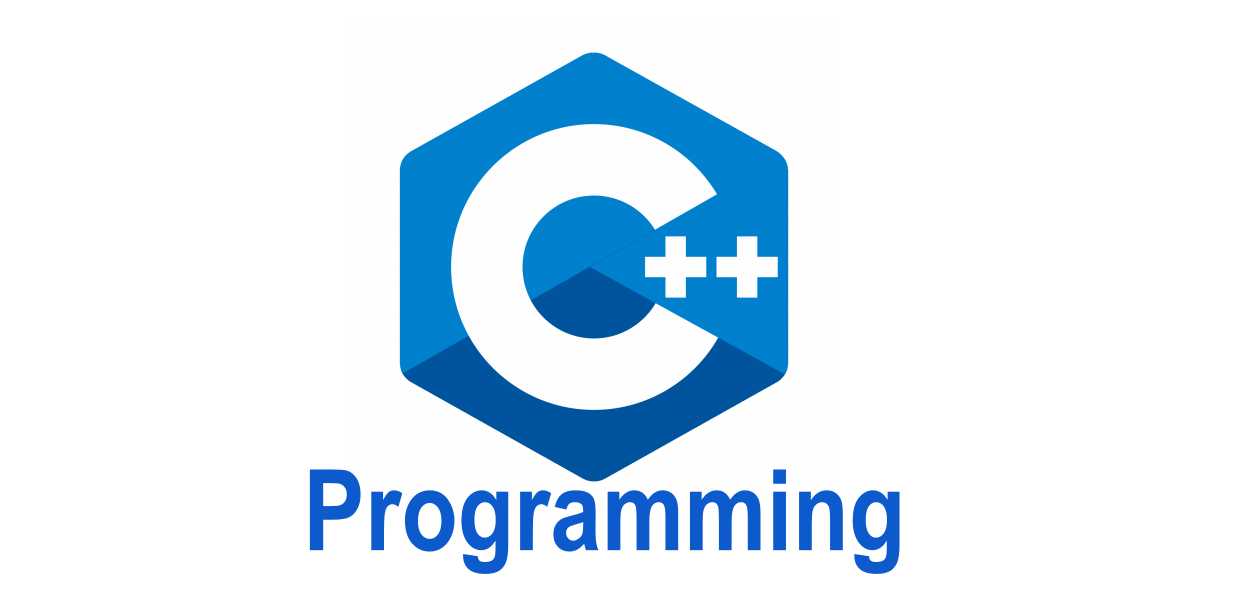
Overview
C++ is known for its high performance and efficiency, making it ideal for resource-intensive AI applications, such as real-time systems and game development.
Key Libraries and Frameworks
- TensorFlow: C++ API for TensorFlow.
- Caffe: A deep learning framework made with expression, speed, and modularity in mind.
- Dlib: A toolkit containing machine learning algorithms and tools for creating complex software.
Advantages
- High performance and efficient memory management.
- Fine-grained control over system resources.
- Suitable for performance-critical applications.
5. JavaScript

Overview
JavaScript, primarily known for web development, has gained traction in AI with the advent of powerful libraries and frameworks. It enables the integration of AI into web applications seamlessly.
Key Libraries and Frameworks
- TensorFlow.js: A JavaScript library for training and deploying machine learning models in the browser.
- Brain.js: A JavaScript library for neural networks.
- Synaptic: A neural network library for JavaScript.
Advantages
- Direct integration with web technologies.
- Growing ecosystem of AI libraries.
- Real-time AI application development.
6. C#
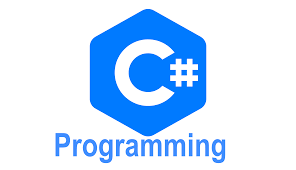
Overview
C# is a modern, object-oriented programming language developed by Microsoft. It is known for its ease of use, robust features, and integration with the .NET framework, making it suitable for developing AI applications in enterprise environments.
Key Libraries and Frameworks
- ML.NET: A machine learning framework for .NET developers.
- Accord.NET: A framework for scientific computing, machine learning, and image processing.
- CNTK: Microsoft's Cognitive Toolkit, a deep learning framework.
Advantages
- Strong support for integration with Microsoft technologies.
- Robust and scalable for enterprise applications.
- Extensive libraries for machine learning and AI.
7. MATLAB
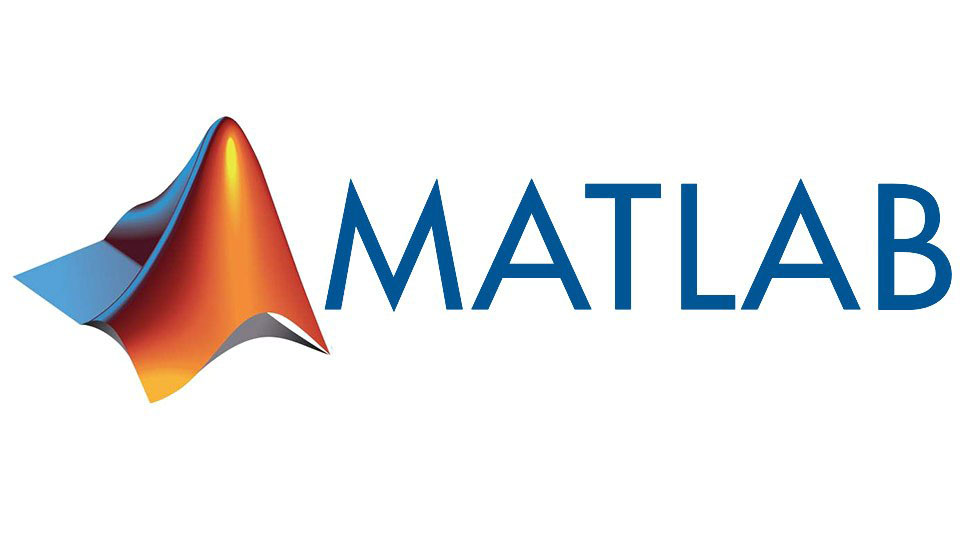
Overview
MATLAB is a high-performance language and environment for numerical computing and visualization. It is widely used in academia and industry for algorithm development, data analysis, and prototyping.
Key Libraries and Frameworks
- MATLAB Toolboxes: Various toolboxes for machine learning, deep learning, and statistical analysis.
- Simulink: A graphical programming environment for modelling and simulation.
Advantages
- Excellent for numerical and matrix computations.
- Powerful visualization capabilities.
- Extensive documentation and support.
8.Go

Overview
Go, also known as Golang, is a statically typed, compiled language designed at Google. It is known for its simplicity, efficiency, and strong support for concurrent programming, making it a suitable choice for AI applications that require high performance and scalability.
Key Libraries and Frameworks
- Gorgonia: A library that brings machine learning to Go, providing graph computation and neural networks.
- GoLearn: A machine learning library for Go that focuses on simplicity and ease of use.
- Gobot: A framework for robotics, drones, and the Internet of Things (IoT) which can be used to integrate AI in hardware projects.
Advantages
- Concurrency: Go’s built-in support for concurrent programming (goroutines) allows efficient execution of AI tasks that can be parallelized.
- Performance: Being a compiled language, Go offers performance benefits similar to C/C++, making it suitable for performance-critical AI applications.
- Simplicity: Go’s clean syntax and simplicity make it easy to learn and use, facilitating quick development and maintenance.
- Scalability: Go is designed to handle large-scale systems efficiently, making it a good choice for deploying AI solutions in production environments.
9. Julia

Overview
Julia is a high-level, high-performance programming language for technical computing. It is particularly well-suited for numerical and computational tasks, making it a strong choice for AI research and development.
Key Libraries and Frameworks
- Flux.jl: A machine learning library for Julia.
- Knet.jl: A deep learning framework for Julia.
- MLJ.jl: A machine learning framework that integrates various models.
Advantages
- High performance comparable to C and Fortran.
- Excellent for numerical and scientific computing.
- Growing ecosystem of AI and machine learning tools.
Conclusion
Choosing the right programming language for your AI project depends on your specific needs, expertise, and the type of application you are developing. Python's extensive libraries and ease of use make it a go-to choice for many, while languages like R, Java, and C++ offer specialized benefits for different types of AI tasks. JavaScript and Julia are also emerging as powerful tools for AI development, each with unique advantages.
No matter which language you choose, the key is to leverage the strengths of that language and its ecosystem to build effective and efficient AI solutions. Happy coding!



